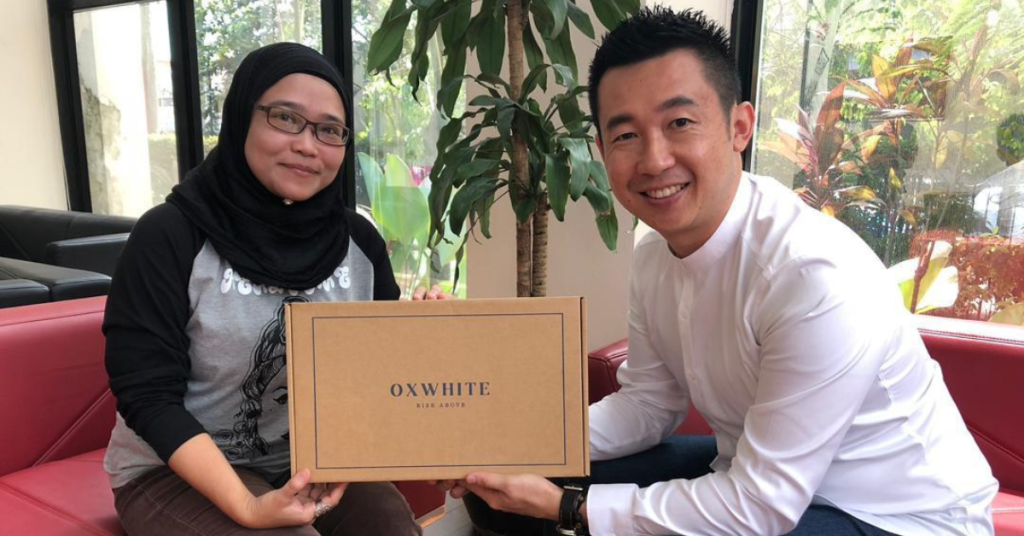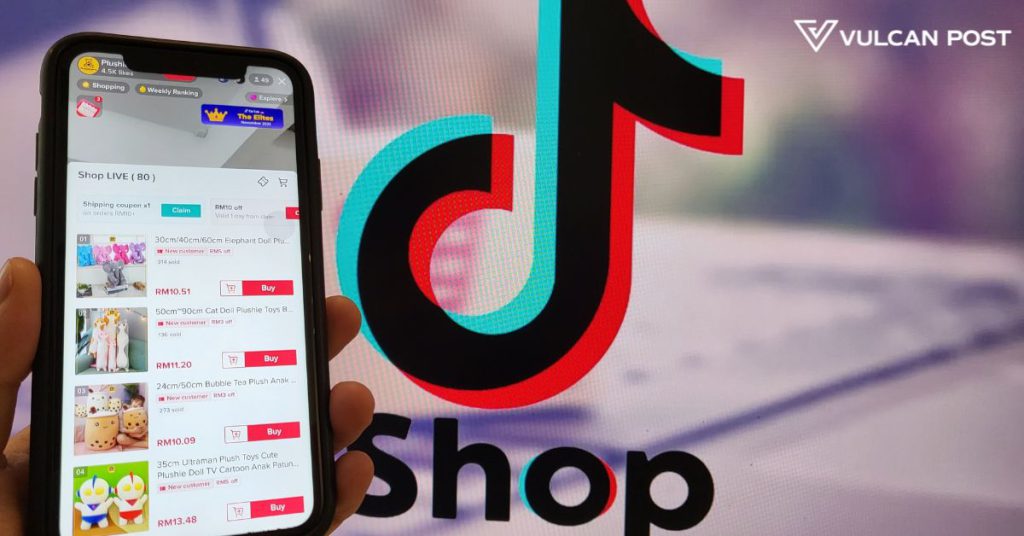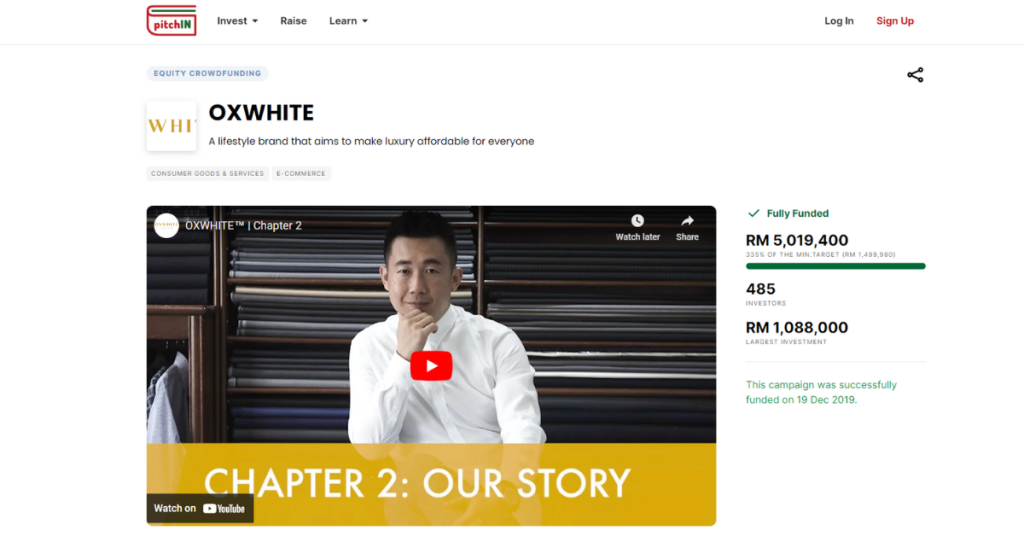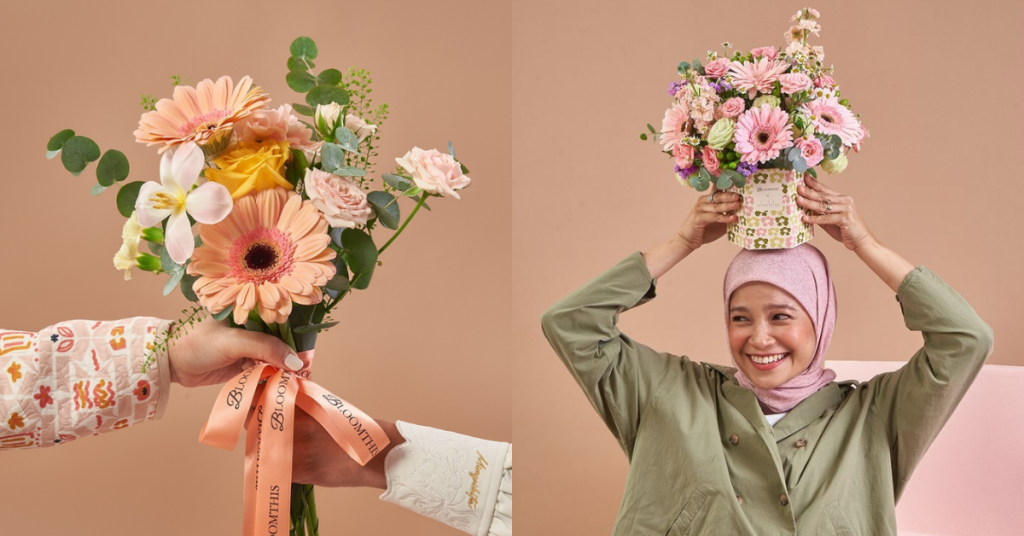Long gone are the days where we only shopped at retail stores. These days, consumers are growing quite fond of online shopping which has been boosting the local ecommerce market economy.
In fact, according to Mordor Intelligence, Malaysia’s ecommerce market size is estimated to be at US$9.38 billion in 2023, and is expected to reach US$18.31 billion by 2028. So this trend doesn’t seem to be slowing down or changing anytime soon.
Hence, it’s undeniable that having an online presence nowadays is crucial to growing (and sustaining) a business moving forward. But where do you start and how do you grow your brand when the market is so saturated now?
While we’re no experts in this, we managed to get some insights from two Malaysian ecommerce veterans on how they built their brands and continue to thrive in their respective niches.

As a part of Startup Week Malaysia 2023’s event, here are nine must-know business insights for ecommerce startups, as told by:
- Penny, co-founder of BloomThis (a Malaysian online brand that started in 2015, specialising in handcrafted designer gifts and fresh flowers)
- CK Chang, co-founder Oxwhite (a Malaysian online brand that started in 2018, specialising in quality lifestyle essentials tailored for Asians)
The event was moderated by Mike Chu from PTT Outdoor, a local brand providing affordable yet premium quality outdoor gears.
1. Prioritise the channels that give you the highest ROI
If there’s one thing all entrepreneurs have in common, it’s their emphasis on return on investment (ROI). Because the reality is that most businesses are there to make profits, and you want to know that the money you put in is working for you.
In Malaysia alone, there are a variety of platforms to choose from, such as your own website, a marketplace platform like Shopee, or even social media sites like Facebook and TikTok.
But the key here is to experiment and find the one that gives you the highest ROI. To do this, you need to figure out which metrics to look at. For some businesses, sponsorships might be what brings in customers, while for others it might be online and/or offline advertising.
So don’t just copy what another company does. Figure out which channels give your brand a bang for your buck, and focus on those.
2. Having a human touch in marketing is a good idea
For many brands, especially if you’re just starting out, your marketing budget probably isn’t that large. And that’s okay. What actually matters is how you choose to come up with interesting marketing campaigns.
If you’re unsure of where to start, keep in mind that having a unique human touch is usually a good idea.
For example, back in Oxwhite’s early days, CK shared that the team crafted a rather unconventional marketing campaign. Instead of mass marketing, they targeted a number of media publications and sent some employees three things—a handwritten card, a bouquet of flowers, and an Oxwhite shirt in a size that fits either them, their partner, or dad.
Recalling the campaign, CK explained that several reporters then called Oxwhite afterwards to ask for an interview with the founders.

That goes to show that while it’s unorthodox, the idea to add personal touches to the marketing campaign helped the brand gain public recognition.
3. Ecommerce business isn’t just about online marketplaces
Speaking from her own observations, Penny shared that commerce isn’t happening on “brands.com” or online marketplaces only. Instead, it’s happening outside of them as well.
Just by scrolling on social media, you can easily see that ecommerce has reached into other spaces on the internet, like social commerce. And with that comes new forms of marketing as well. For example, social media has given rise to online content creators and influencer marketing.
This is why you can find brands now actively engaging with content creators to market, promote, and sell their products. Which isn’t a bad thing because this helps the business kill two birds (sales and marketing) with one stone (influencer marketing).
So having this in mind, it would be a good idea to keep up with the times and “sell” the brand on other online platforms. That said…
4. Chasing ecommerce trends might not be sustainable in the long run
Although you shouldn’t be ignorant of the trends happening around you, it’s even more important to understand what works for you.

Take TikTok Shop and the current trend of live ecommerce for example. While it’s been growing in popularity as of late, CK shared that this isn’t Oxwhite’s preferred platform as he isn’t a TikTok consumer himself and lacks experience with the site, so investing in marketing campaigns there could be a risky move for their brand.
Aside from that, ecommerce trends come and go. TikTok Shop was booming in Indonesia, but the local government there recently banned social media companies from facilitating sales of products on their platforms.
This is a rather drastic example but it shows that the ecommerce space is ever-evolving. However…
5. Your business needs more than one leg to stand on
Using the analogy of a table, Penny explained that in order to build a sustainable business, you can’t just focus on one channel.
“If your table only has one leg then it’s not stable,” she said.

Combining the two previous points together, she stated that the more business channels you have, the better. Because should a black swan event happen, you still have other channels to rely on and sustain the brand.
Dictionary time: A black swan event is a high-impact event that is difficult to predict under normal circumstances but that in retrospect appears to have been inevitable.
Source: Britannica
“Don’t discount the efforts of building other legs because you might need it before you know it,” she emphasised.
But at the same time, you should focus about 80% of your resources on the one channel that really works for you. This ensures that you’re maximising your business’s insights and going back to the first point.
6. Sell your idea first before making your products
For many new businesses, you might not have as much capital as you’d like. This was also the case for Oxwhite in its early days.
So instead of creating products in the hopes of people buying them, CK shared that he and his co-founder at the time (ZiKang Tai) chose to sell their ideas on Kickstarter first. It was only after they earned this market validation and investment that Oxwhite’s products were produced.
This can also be done by approaching venture capitalists (VCs) to gain their industry insights and funding. Or alternatively, you could do so by running an equity crowdfunding (ECF) campaign. (Here are nine SC-licensed ECF platforms in Malaysia, by the way.)

But do note that all of these require good business pitches and a preliminary customer base to support you. So if you’re thinking of going this route, you should consider brushing up on your pitching skills.
7. The best business funders are your customers
A lot of times you can hear people saying that brands need to choose the path of growth or profitability, you can’t really have both. But Penny shared that this isn’t the case for BloomThis at all.
Not wanting to compromise on either of these, the brand chose to focus on its business and organisational development after its second round of funding in 2017, and has seen great results.
Penny credited much of this to the brand’s focus on its mission of serving customers. “We always go back to the fundamentals, which is, ‘Are we giving good products and services to our customers?’ Because they are the ones who we need to look after.”
“We need to pour our energies into serving the customers well, not so much on investors.”
8. You need to really know your target audience
As a business selling non-essential products, Penny is usually asked about how BloomThis sustains itself. After all, it’s not really everyday that people buy flowers and gifts.
To this, she explained that it’s mostly down to understanding their target audience.
As a brand that’s placed itself in the premium affordable market, it has targeted a certain segment who can afford what’s being offered. At the same time, the brand focuses on ensuring its value proposition aligns with what the market wants.

For example, what kind of products do consumers expect at the expected price range? Turning this into action, Penny shared that the brand is preparing different designs to cater to younger consumers with lower budgets.
9. Embrace the scary new changes in consumer behaviour
As ecommerce trends continue to change, so too will the way consumers purchase items. Not just in terms of which platforms but also the method of buying things.
Which is why it’s important that as a business, you have to be flexible in adapting to these changes.
Take the rise in buy now pay later (BNPL) schemes for instance. Most ecommerce platforms now offer the option to purchase items in a few monthly instalments, and Penny actually encouraged others to follow.
“If that’s the behaviour of how people want to shop these days then we should embrace it instead of resisting. Because it’s still an avenue for your revenue.”
- Read more articles we’ve written about Malaysian startups here.
Featured Image Credit: Vulcan Post









